Chapter 7 vs Chapter 13: Choosing the Right Bankruptcy Option
by Luke Homen
Video Transcript: Understanding Chapter 7 vs Chapter 13 Bankruptcy: A Comprehensive Guide to Making the Right Choice
What are the main differences between Chapter 7 and Chapter 13 bankruptcy?
The primary distinctions lie in duration and payment requirements. Chapter 7 is the traditional bankruptcy option where you file, don’t pay creditors through bankruptcy, and the process ends within a few months. Chapter 13 involves a structured 60-month repayment plan, using the court system to repay creditors while protecting your assets.
Which type of bankruptcy is more common?
About 75% of bankruptcy cases are Chapter 7, making it the more prevalent option. It’s typically chosen by individuals dealing with credit card debt, medical debt, or repo debt who need immediate relief. While Chapter 13 offers more powerful tools and flexibility, it requires five years of payments.
How does income affect bankruptcy eligibility?
Income plays a crucial role in determining eligibility. High-income individuals may not qualify for Chapter 7 due to income limits. Conversely, Chapter 13 requires regular monthly income to qualify, though this can include government benefits or employment income.
What types of debt can be eliminated through Chapter 7?
Chapter 7 primarily addresses unsecured debts, including:
– Credit cards
– Personal loans
– Medical debt
– Vehicle repossessions
– Old tax debt
When should someone choose Chapter 13 even if they qualify for Chapter 7?
Two main scenarios warrant choosing Chapter 13:
- Facing foreclosure: Chapter 13 can stop foreclosure proceedings and allow homeowners to pay back missed payments over 60 months
- Protecting valuable assets: When someone wants to keep assets that would be liquidated in Chapter 7, such as inherited property or family heirlooms
What are the unexpected benefits of Chapter 13?
Chapter 13 offers several advantages:
– Can lower high-interest car loans to more reasonable rates
– Protects professional licenses threatened by tax debt
– Allows for structured repayment of priority tax debt
– Provides more flexibility in handling secured debts
– Offers greater asset protection options
What’s the best first step for someone considering bankruptcy?
The most important first step is consulting with a bankruptcy attorney. While research is helpful, bankruptcy laws are complex, and each case is unique. An attorney can evaluate individual circumstances and recommend the most beneficial path forward based on specific financial situations and goals.

Attorney Luke Homen is the President of Convenient Bankruptcy. He places great value on helping individuals and families solve their financial challenges and achieve real financial freedom. His goal is to find a customized solution that fits each client’s unique situation. Luke has been practicing law since 2008, and was voted “Best Bankruptcy Attorney in Oklahoma” by The Oklahoman in the Reader’s Choice Awards.

